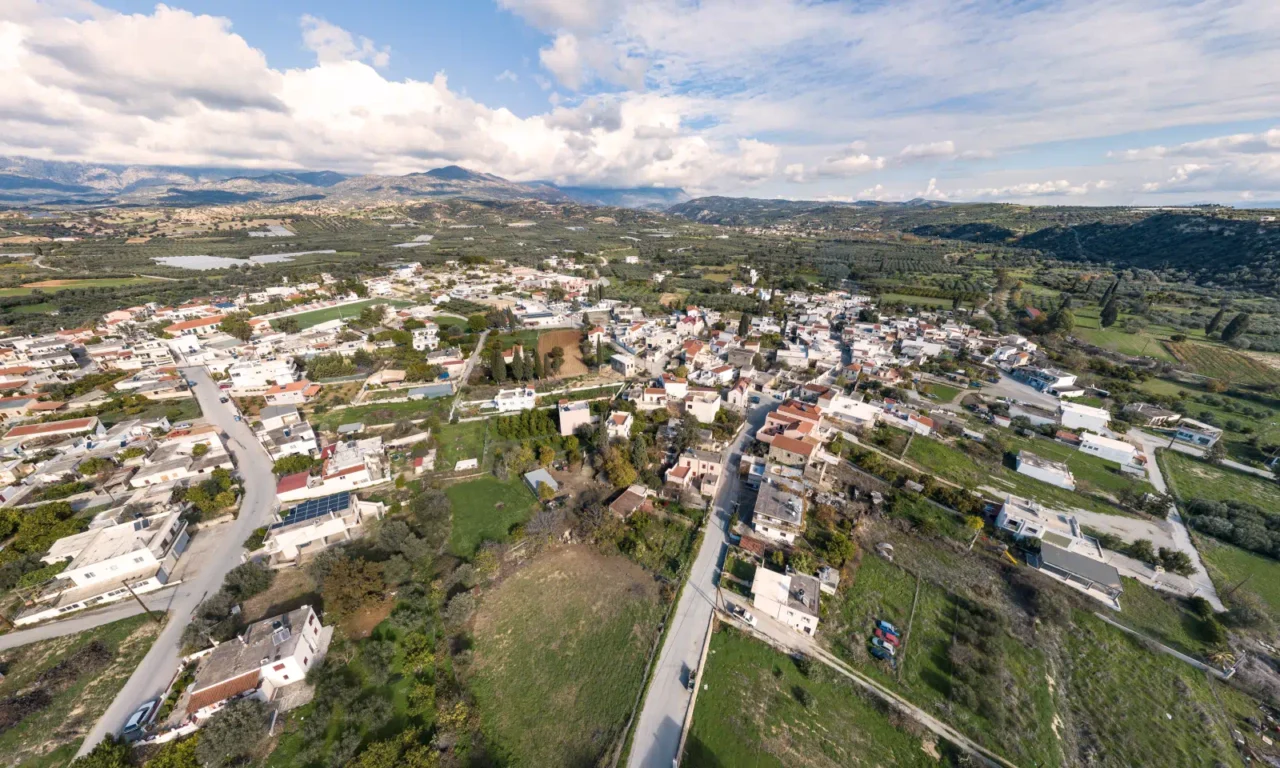
Voroi is a village and the seat of the community of the same name in the Municipality of Phaistos, within the Heraklion regional unit on the island of Crete, Greece. It is located in the southern part of the Heraklion prefecture, 2-3 kilometers north of the archaeological site of Phaistos. Voroi is known for its strong traditional and cultural character.
Historical References
The history of Voroi stretches back to the Early Minoan period, as evidenced by archaeological discoveries in the area. The village’s strategic location near the ancient palace of Phaistos suggests its continuous significance throughout Cretan history. The first written reference to Voroi appears in a 1394 document from the Ducal Archive of Chandakas, mentioning a resident named Vasilius Vutrughi. The village is also listed in Venetian and Ottoman censuses, further attesting to its long-standing presence. The name “Voroi” is believed to derive from Voros, the grandson of King Radamanthys of Phaistos, adding a layer of mythological connection to the village’s identity.
Location
Voroi is situated in the fertile Messara Plain, at an elevation of 60 meters above sea level. The plain’s rich soil and access to irrigation have made agriculture the mainstay of the local economy for centuries. The village’s proximity to Phaistos, a major Minoan center, places it within a landscape steeped in history and archaeological significance.
Historical Significance
Voroi’s historical importance extends beyond its ancient roots. During the Venetian and Ottoman periods, it served as the capital of the Pyrgiotissa province, a testament to its administrative and economic prominence. The village also played an active role in Cretan uprisings against foreign rule, demonstrating the resilience and independent spirit of its inhabitants. In more recent times, Voroi became a hub for archaeological research, with the Italian Archaeological School establishing a base there in 1898. The village’s rich cultural heritage is further evidenced by its designation as a preserved traditional settlement in 1978.
Population Data Over the Years
Year |
Population |
|---|---|
1583 |
312 |
1881 |
– |
2001 |
755 |
2011 |
726 |
The absence of Turkish residents in 1881 suggests a predominantly Greek population during the Ottoman era. The significant increase in population by 2001 likely reflects improved living conditions and economic opportunities in the 20th century. The slight decrease in the 2011 census could be attributed to factors such as urbanization and emigration.
Current Status
Today, Voroi is a vibrant village that balances its agricultural traditions with a growing focus on cultural tourism. The fertile Messara Plain continues to support olive groves, vineyards, and livestock farming, providing livelihoods for many residents. The village’s traditional architecture, narrow streets, and stone houses create a charming atmosphere that attracts visitors seeking an authentic Cretan experience. The Museum of Cretan Ethnology, showcasing the island’s rich folk culture, is a major draw for tourists and locals alike. Voroi’s twinning with the French communities of Camblanes and Meynac in 1995 further highlights its openness to cultural exchange and its desire to preserve its heritage while embracing the future.
Village Key Points
- Historical References: The area has been inhabited since the Early Minoan period, evidenced by archaeological findings. The village itself is first mentioned in a document from 1394.
- Location: Voroi is situated in the Messara Plain, south of Heraklion, at an elevation of 60 meters.
- Historical Significance: The village was the capital of the Pyrgiotissa province from the 17th century until the mid-20th century and played an active role in Cretan revolutions.
- Population data over the years: In 2001, Voroi had 755 residents. The 2011 census recorded 726 residents in the village itself, and 738 in the broader community.
- Current Status: Voroi is a thriving village with a focus on agriculture, particularly olive growing and viticulture. It also has a significant livestock sector. The village is home to the Museum of Cretan Ethnology and is recognized as a preserved traditional settlement.













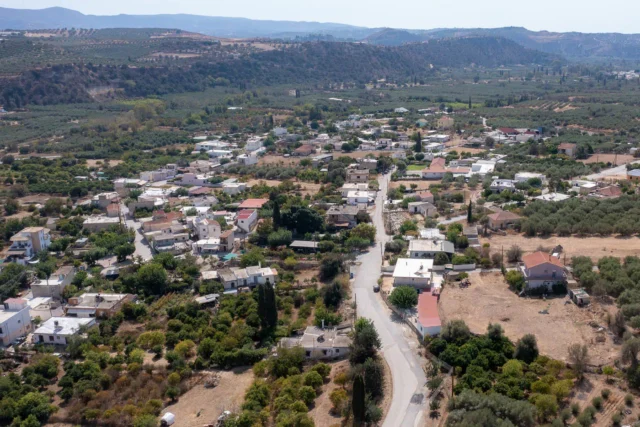

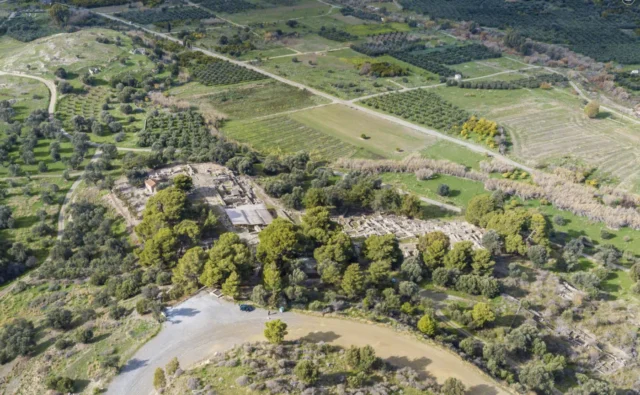

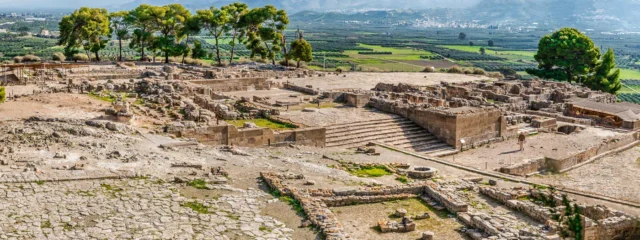
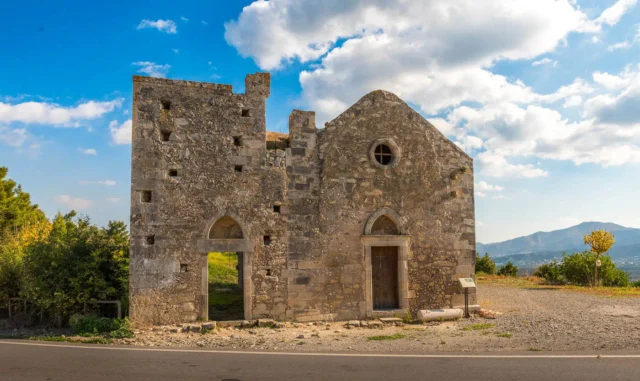

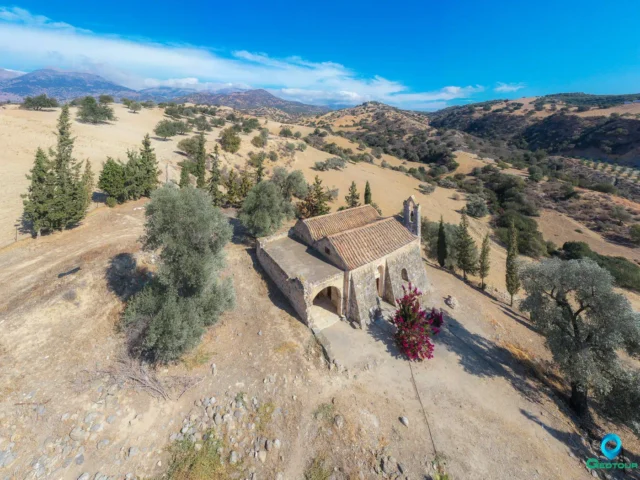
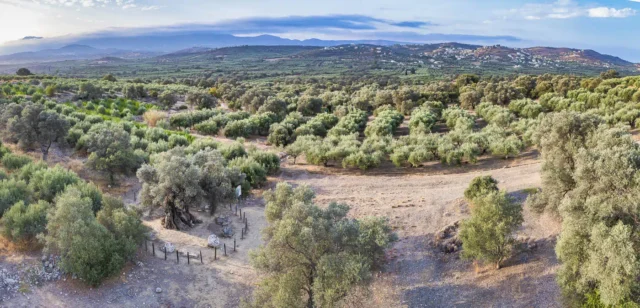
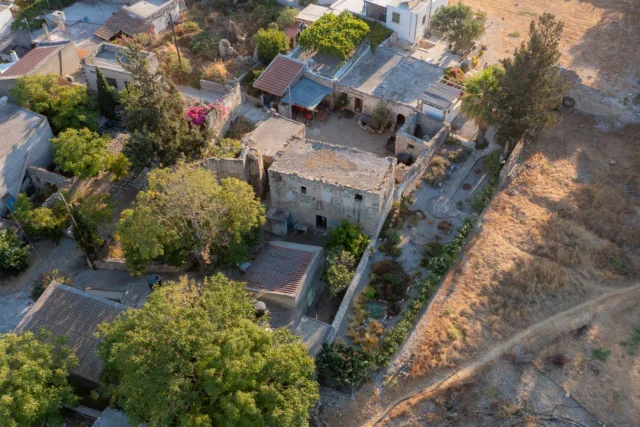
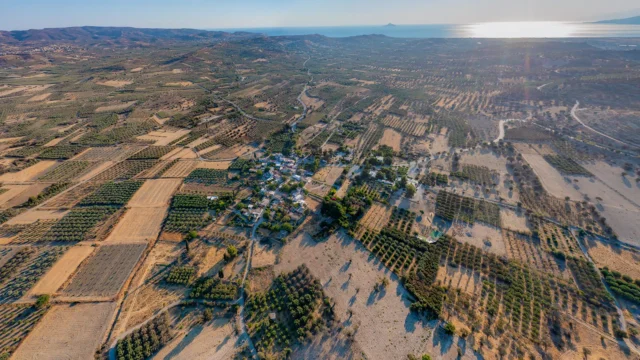
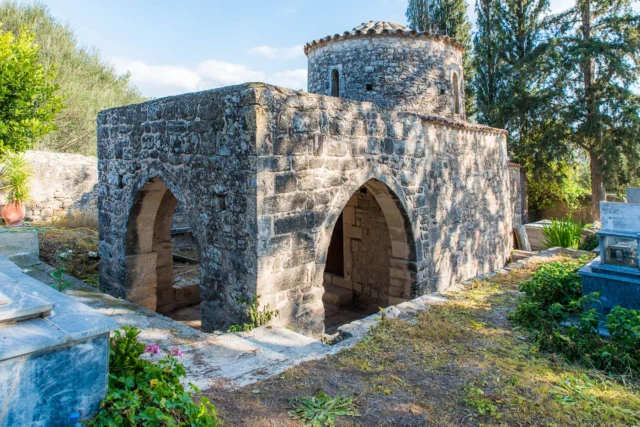

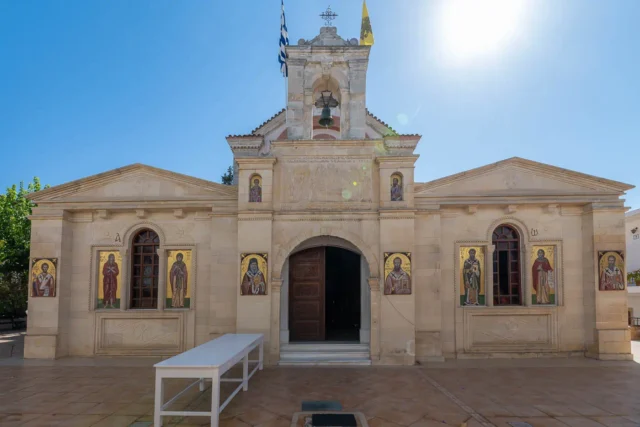
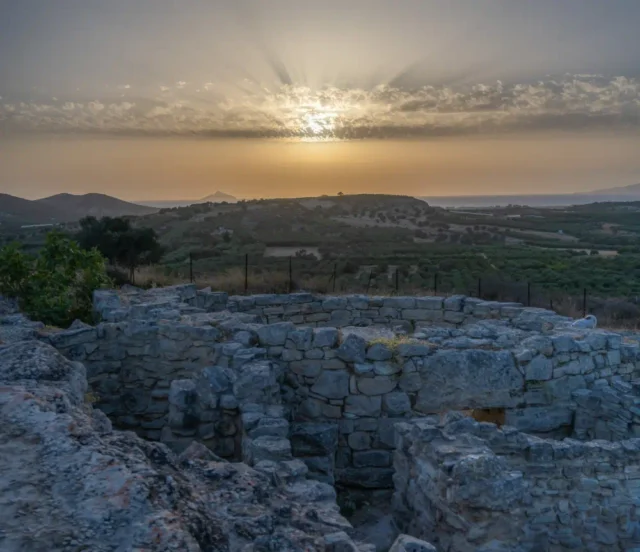
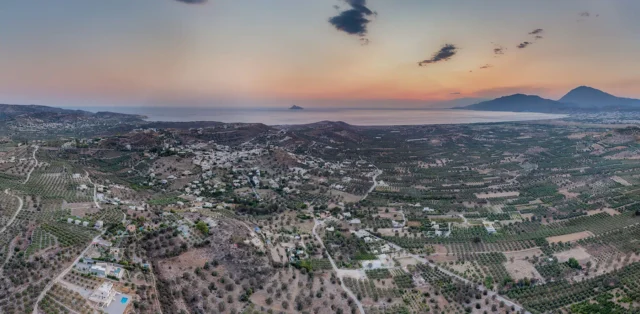
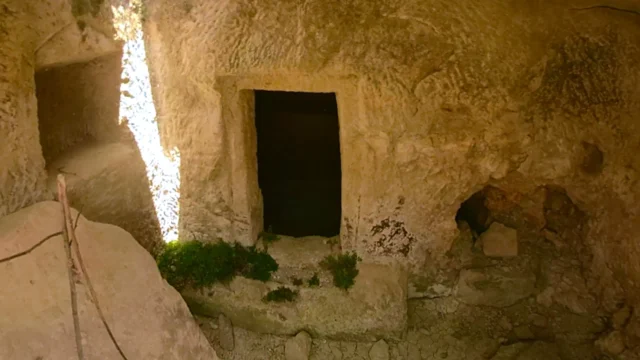



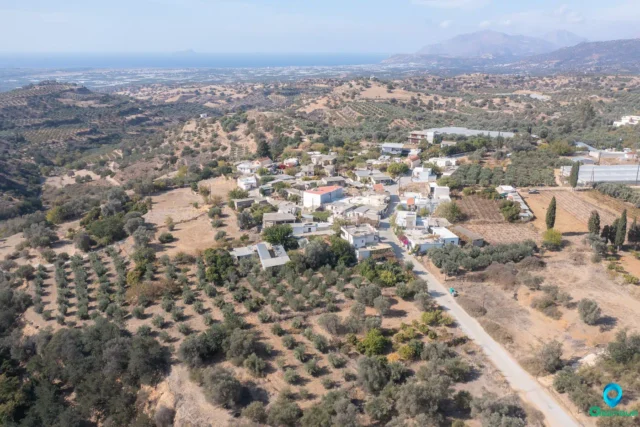
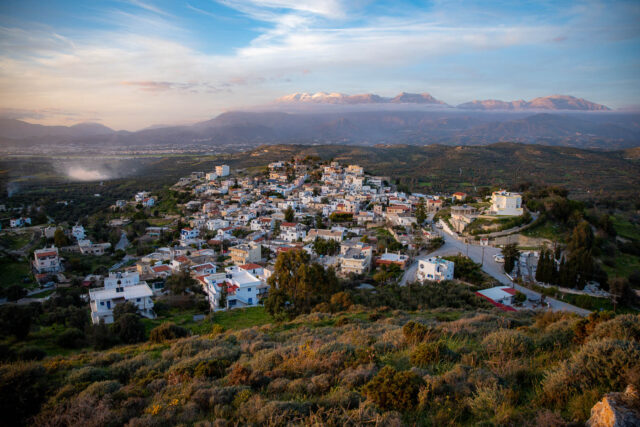

There are no comments yet.